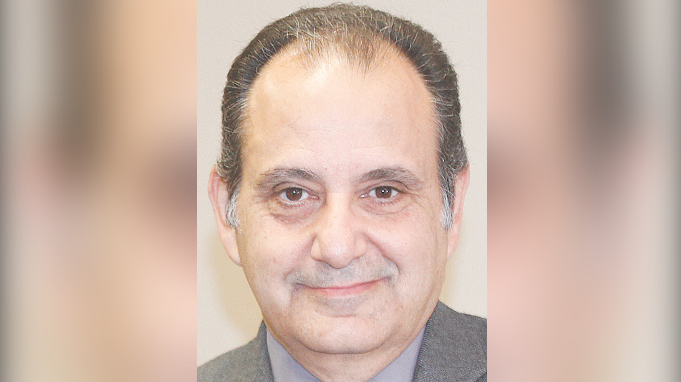State officials to visit Youngstown for rollout of campaign against opioid abuse

YOUNGSTOWN
Every two hours, an Ohioan dies of an unintentional drug overdose.
That fact, included in a new statewide information campaign that aims to further reduce the overprescribing of opioid painkillers, illustrates why such an effort is necessary.
Building upon previous efforts such as enacting new guidelines for prescribing opioids for acute and chronic pain, “Take Charge Ohio” seeks to help prescribers educate their patients about safe pain management.
The campaign recently launched in Franklin County. Next week, state officials will visit Youngstown to meet with local officials as part of the statewide rollout.
“The campaign, we hope, will help educate prescribers about safe opioid prescribing practices,” said Melanie Amato, a spokeswoman for the Ohio Department of Health.
Amato said the campaign was developed after state officials heard from physicians about what tools they need. Take Charge Ohio makes materials such as fliers and brochures available to doctors so they can easily share information about opioids with their patients.
“We are excited the state has selected Mahoning County for one of their announcement locations,” said Duane Piccirilli, executive director of the Mahoning County Mental Health & Recovery Board, which will host state officials Tuesday. “We are pleased to help empower Ohioans to prevent medication abuse, seek treatment when necessary, and a live a life of wellness and recovery.”
Led by ODH, the campaign is a partnership among several state agencies and boards, including the Governor’s Cabinet Opiate Action Team, medical board, pharmacy board, Ohio Mental Health & Addiction services, nursing board, dental board, Ohio Bureau of Workers’ Compensation, and Prescription Drug Abuse Action Group.
All materials associated with Take Charge Ohio are available at TakeChargeOhio.org.
The website features tool kits for health care professionals, patients, and members of the public. It also features a public awareness tool kit and a quiz website visitors can take to find out their risk of becoming addicted to opioids.
One primary focus of the campaign is educating Ohioans about alternatives to prescription opioids.
That’s because Ohio’s ongoing opioid epidemic was fueled in large part by the overprescribing of opioid medications. Despite progress that’s been made over the last several years, more than 631 million doses of opioid medications were dispensed to Ohio patients last year, Take Charge Ohio’s website notes.
It also notes 63 percent of Ohioans who died from unintentional overdoses had received a prescription for a controlled substance within the last year, and four out of five heroin users had previously used prescription painkillers nonmedically.
Take Charge Ohio encourages patients to ask their doctors about alternatives such as nonopioid pain relievers or nonmedication treatment.
The campaign also provides tips on how to safely take a prescribed opioid and about how to safely dispose of unused pills.
The campaign is funded by a grant from the U.S. Centers for Disease Control and Prevention.
 43
43
